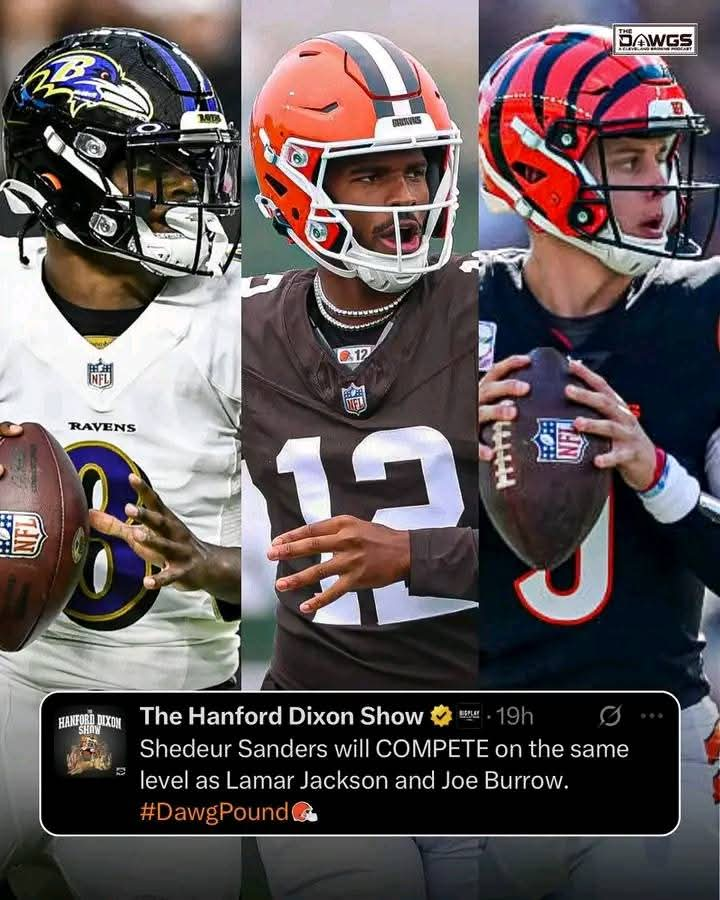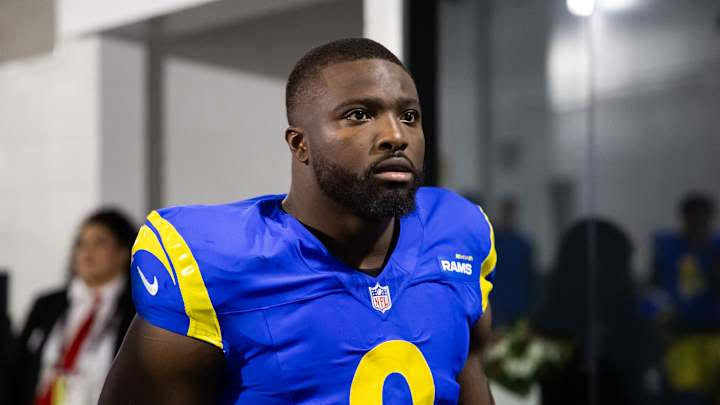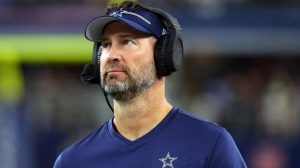Marcus Freeman has officially entered a new era of his head coaching tenure at Notre Dame. For the first time since taking over the program in December 2021, Freeman is now working with a roster that reflects his vision, his identity, and his meticulously constructed blueprint for sustainable success. Every corner of the Notre Dame football operation now bears his stamp—from the way practices are structured, to how leadership is cultivated, to the very makeup of the depth chart. Heading into the 2025 season, Freeman is no longer just the inheritor of a historic program. He is the architect of its next chapter.
When Freeman took over, it was amid sudden change. Brian Kelly’s departure to LSU left the team scrambling for continuity, and Freeman—then the defensive coordinator—was promoted to head coach largely to stabilize the locker room and maintain recruiting momentum. What followed was a steep learning curve. In 2022, Freeman’s debut season had its ups and downs. The Irish finished with a 9-4 record, highlighted by a Gator Bowl win over South Carolina, but inconsistency plagued the team throughout the year. Many of the key contributors had been recruited by the previous staff and didn’t necessarily fit the new identity Freeman hoped to instill.
Fast forward to today, and the story is entirely different. Freeman has spent the last three recruiting cycles handpicking players who align with his philosophy—tough, physical, team-first athletes with high character, academic commitment, and a relentless motor. The 2023, 2024, and now 2025 recruiting classes were shaped with intentionality, and now the starting roster features more than 60 players either recruited or developed directly under Freeman and his staff. That shift is already showing up in player accountability, communication, and team cohesion.
Perhaps the clearest example of Freeman’s influence is on the defensive side of the ball. As a former linebacker and defensive coordinator, he’s built a unit that reflects his core beliefs—speed, versatility, aggression, and intelligence. Notre Dame’s defense heads into the 2025 season as one of the most complete in the country, and it’s no accident. Freeman and defensive coordinator Al Golden have built a two-deep loaded with hybrid defenders who can confuse offenses, rotate seamlessly, and thrive in multiple fronts.
At linebacker, you see Freeman’s vision fully realized. Players like Jaylen Sneed, Drayk Bowen, and Jaiden Ausberry are fast, instinctive, and can play multiple roles. They were all recruited under Freeman with the intention of turning the position group into a position of strength once again. Jack Kiser, the veteran leader of the group, is a perfect example of Freeman’s developmental prowess—an underrecruited player who’s become a sideline-to-sideline force through meticulous coaching and film study.
In the secondary, Benjamin Morrison is an elite cornerback who exemplifies the type of player Freeman covets—smart, physical, unafraid to take on the opposition’s best weapon. He’ll anchor a group that also includes Christian Gray and Xavier Watts, both of whom have flourished under the current staff’s aggressive-yet-disciplined approach. Freeman’s influence is even felt in the way safeties are utilized—rotating deep cover men with in-the-box enforcers who can tackle, blitz, and disguise coverage. It’s a chess match every Saturday, and Freeman has recruited pieces that give him a full board to work with.
But it’s not just defense. The offense is now beginning to reflect Freeman’s identity as well. While he is a defensive-minded coach by background, Freeman has been highly involved in shaping the offensive philosophy. He understands that to compete with the Georgias and Michigans of the world, Notre Dame needs to score points—lots of them—and that means dynamic quarterback play, explosive weapons on the perimeter, and a punishing offensive line.
That’s where CJ Carr comes in. The sophomore quarterback was Freeman’s hand-picked signal-caller for the post-Sam Hartman era. Carr, a five-star recruit out of Michigan, represents everything Freeman wants in a quarterback—leadership, poise, intelligence, and a calm demeanor under pressure. Carr’s commitment to Notre Dame was one of Freeman’s biggest recruiting wins, and now he’s ready to guide an offense that’s growing in creativity and explosiveness.
The wide receiver room, long a source of frustration for Notre Dame fans, has been reshaped under Freeman’s watch. Sophomores like Jaden Greathouse and Rico Flores Jr. are expected to lead the group, both of whom were recruited for their ability to stretch the field and make contested catches. Transfer additions like Tyler Morris bring proven production and speed, and the result is a receiver corps that can finally go toe-to-toe with elite secondaries. At tight end, Holden Staes is stepping into a lead role, showcasing the physicality and route-running precision that Freeman prioritizes in offensive playmakers.
Up front, Freeman’s background in the trenches is evident. Notre Dame’s offensive line remains one of the most talented and well-developed units in the country. Players like Charles Jagusah, Ashton Craig, and Aamil Wagner have come through the program under Freeman’s guidance and strength program, and their growth has been remarkable. Freeman’s insistence on physicality in the run game, combined with an increased emphasis on pass protection, has turned the line into a foundational strength heading into 2025.
Even the special teams reflect Freeman’s fingerprints. Transfer kicker Graham Nicholson, a Lou Groza Award finalist, was brought in to stabilize a position that cost Notre Dame games in the past. Punter Bryce McFerson has developed into a field-flipping weapon. The return game features elite athletes like Jeremiyah Love and Price, both capable of changing a game with one burst. Freeman understands that special teams are not an afterthought—they are a third of the game—and he’s ensured that every detail is accounted for.
Beyond the Xs and Os, perhaps the most important part of Freeman’s roster-building has been cultural. He talks constantly about brotherhood, accountability, and purpose. This isn’t just branding—it’s lived out every day in practice, in meetings, and in the weight room. The 2025 roster includes team captains and leaders who were molded under Freeman’s vision. Players like Xavier Watts, Jack Kiser, and Ashton Craig speak like coaches on the field, holding teammates accountable and setting the tone for younger players.
The leadership council, hand-picked each season, is another Freeman innovation. These are the players responsible for maintaining team discipline, representing the program in the community, and serving as the voice of the locker room. By giving ownership to the players, Freeman has fostered an environment where peer accountability drives effort and execution—not just the voice of a coach.
Another major evolution under Freeman has been the program’s approach to recruiting and player development. With NIL becoming a defining feature of modern college football, Freeman has walked the line between tradition and innovation. Notre Dame still maintains high academic standards and cultural expectations, but it has also embraced the realities of the current landscape. Freeman has helped lead the push for NIL infrastructure that supports players without compromising the integrity of the program.
Player development, meanwhile, has reached new levels. From nutrition to strength training to mental health support, Notre Dame under Freeman has become one of the most player-centric environments in the country. That’s not just talk—NFL teams have noticed the difference. Scouts point to Notre Dame’s consistent player growth as evidence that this staff knows how to prepare young men for the next level. It’s no surprise that Freeman’s players test well, interview well, and contribute early in the NFL.
With fall camp fast approaching and a high-stakes 2025 schedule on the horizon—including matchups with Texas A&M, Georgia, and Florida State—Freeman’s ability to get the most out of this roster will be put to the test. But unlike in years past, he won’t be relying on players recruited for a different vision. This is his team. Built in his image. And ready, perhaps for the first time, to play his brand of football from top to bottom.
The work is far from over. Championships are not won in the offseason, and the competition will be fierce. But make no mistake—Marcus Freeman now has a Notre Dame roster that reflects who he is and what he believes. Tough. Smart. Disciplined. Unified. And hungry.
In year four, the excuses are gone. The foundation is laid. And the next step is clear: win, and win big. With a roster of his own design, Freeman finally has the tools he needs to do exactly that.




